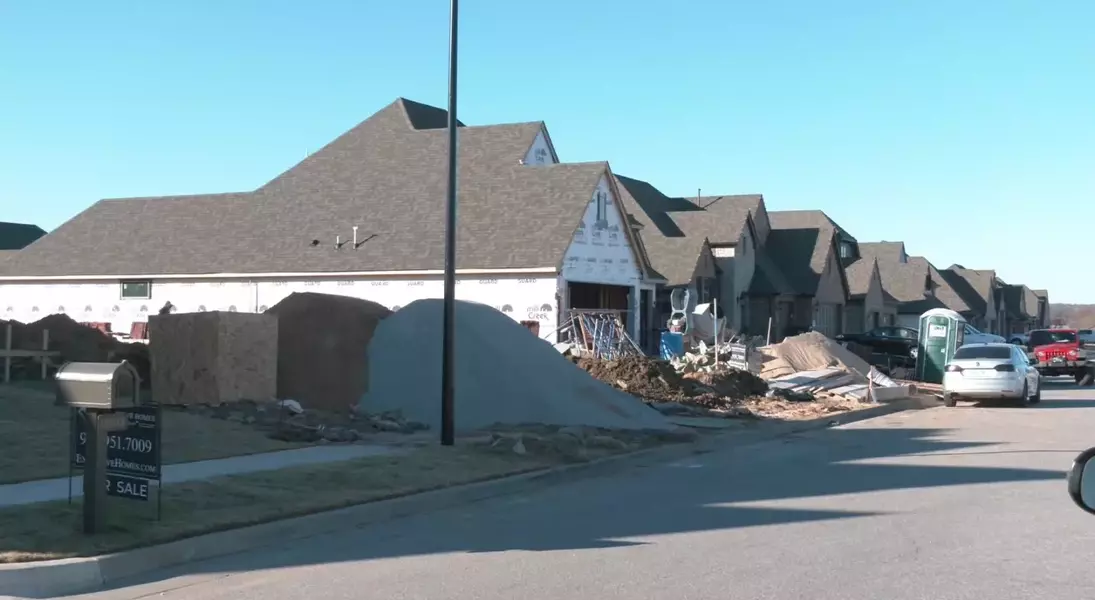
Uncover the Tulsa Housing Market's 2024 Comeback
Reasons for the Increase in New Home Construction
The strong economy plays a crucial role in the rise of new construction. Jeffrey Smith, CEO of the Home Builders Association of Greater Tulsa, highlights that the costs of construction materials and labor have stabilized. This stability gives builders the confidence to move forward with more projects. As a result, housing starts have seen a significant increase of about 12% in 2024, with around 2,700 new homes built so far compared to approximately 2,400 in 2023. This marks a sharp turnaround from the previous years when housing starts were in decline. In 2023, there was a 17% decrease, and in 2022, it was 15.8%. The trend indicates a positive shift in the market.
The concept of "housing starts" is significant as it refers to the number of new construction permits issued by municipalities in Northeast Oklahoma. It serves as a tracker for the beginning of new home construction projects. This metric provides valuable insights into the health and activity of the housing market. With the increase in housing starts, it is clear that the demand for new homes is on the rise.
Areas with the Highest New Home Construction
In October, Broken Arrow emerged as the leader in the region with 130 new housing starts. The suburban areas, particularly on the east and southern sides of the city, are witnessing strong growth in housing starts. The availability of large tracts of land in these areas makes them attractive for developers. Alongside Broken Arrow, other areas like Tulsa, Bixby, and Wagoner are also seeing increased construction activity. This indicates a widespread expansion of the housing market across different locations within the region.
The timing of housing starts is also an interesting aspect. Housing typically begins to rise in late fall, as Smith mentioned. Homes started during this time are usually completed by the spring or early summer when buyers are most active. This seasonal pattern adds to the dynamics of the housing market and influences the timing of new construction projects.
